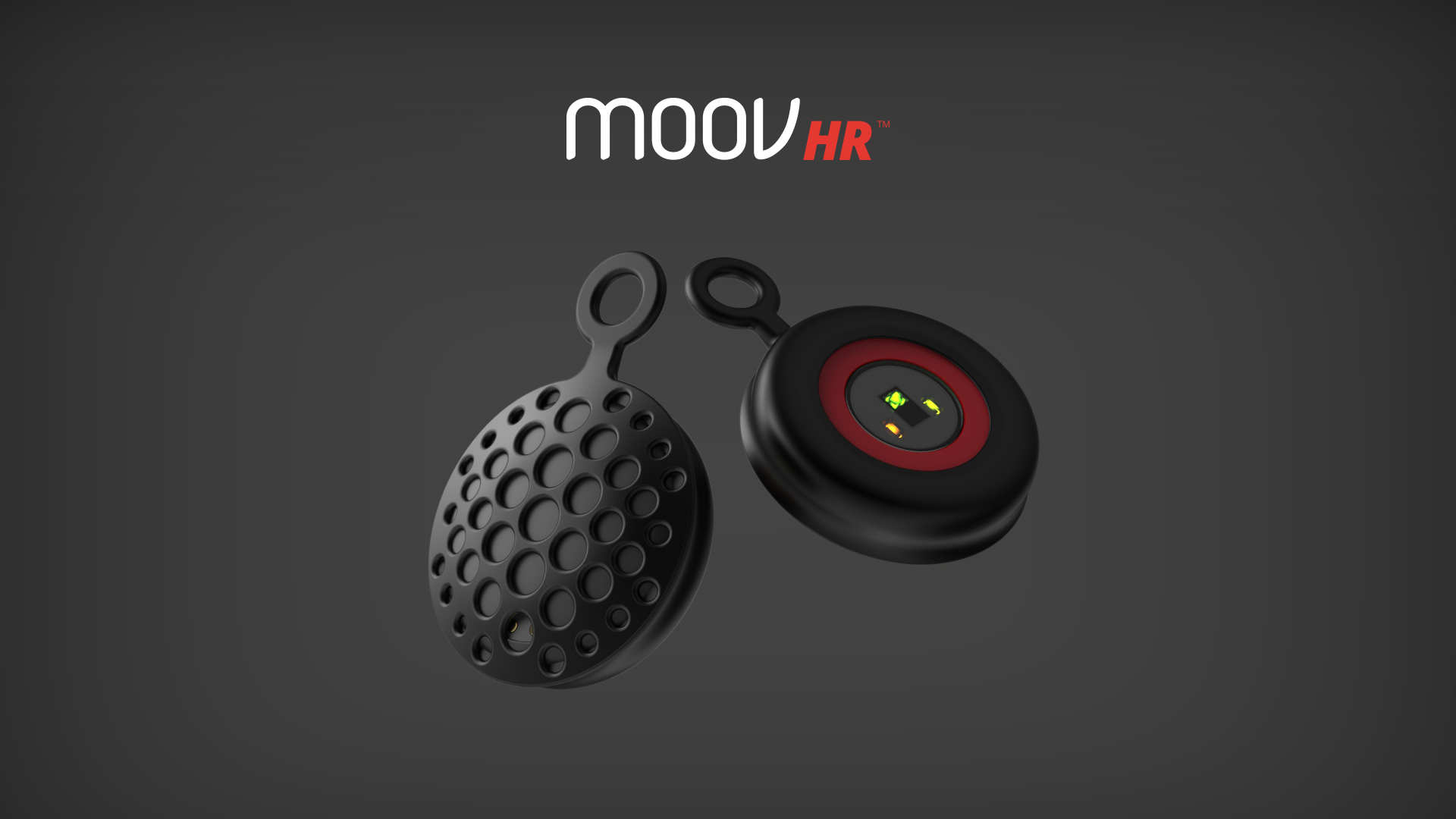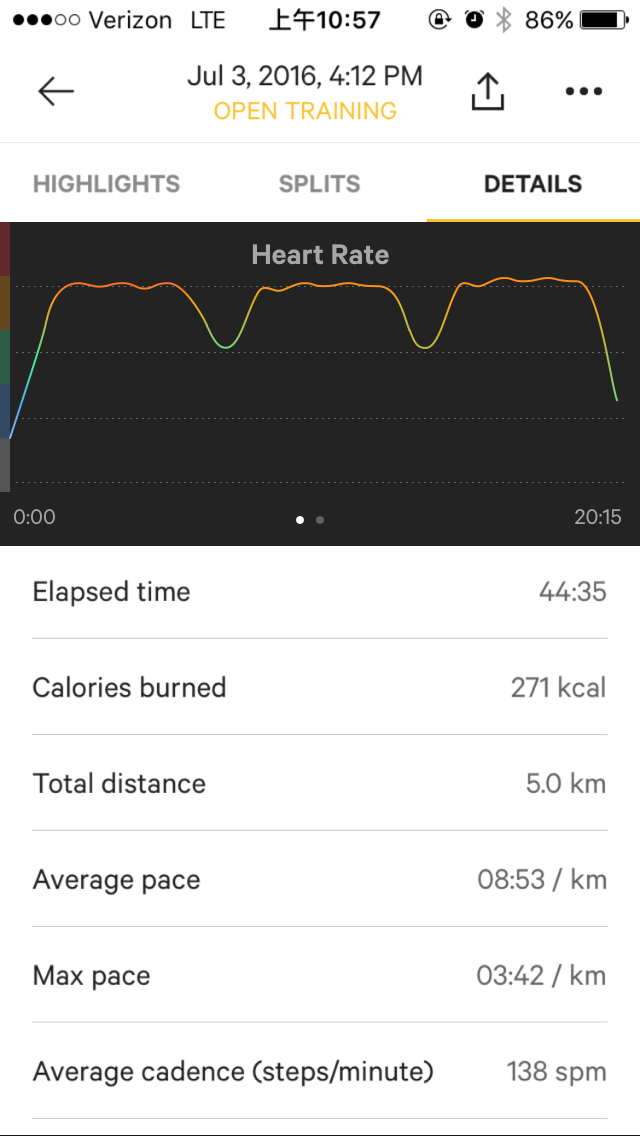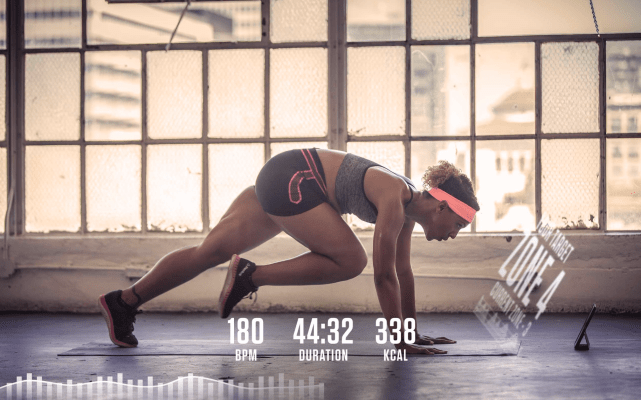Motivation is hard to come by. If you’re lucky, you have friends that will go to the gym with you to keep you in line. If you’re wealthy, you can hire a personal trainer. But if your friends have long since given up and your bank account is screaming mercy, your options are few and far between.
The entire premise behind Moov is that wearables can be used to provide real-time feedback for fast paced workouts. When Meng Li, Nikola Hu, and Tony Yuan started Moov, the goal was always to create a virtual personal assistant that could step in at appropriate times with that feedback. To date, the group has succeeded at selling wearables to augment swimming, running, cycling, and even boxing workouts with coaching, but today’s release brings heart rate into the conversation.
The new devices, conveniently named the Moov Sweat, embedded in a headband and Moov Swim, connected to a swim cap, are just one part of the company’s next steps. Moov is simultaneously announcing a Series B financing round of $12 million led by Mangrove Capital with participation from BOE Technology Group that will fuel additional R&D in addition to financing marketing for current products.
 I sat down with Li and Hu in San Francisco and they couldn’t wait to show me how inaccurate the heart rate monitors currently on the market are. To everyone’s amusement, Hu began doing squats wearing both a Fitbit and the new Moov HR Sweat headband. When the brief workout was finished, the measurements offered by the two devises differed by over 30 beats per minute.
I sat down with Li and Hu in San Francisco and they couldn’t wait to show me how inaccurate the heart rate monitors currently on the market are. To everyone’s amusement, Hu began doing squats wearing both a Fitbit and the new Moov HR Sweat headband. When the brief workout was finished, the measurements offered by the two devises differed by over 30 beats per minute.
Li explains that the wrist is an inherently fraught location for measuring heart rate. Current technology uses a combination of hardware and software to first illuminate capillaries, and then capture a beat as the optics are changed by blood flow. The new devices from Moov aren’t a full departure from this procedure, but by adopting the head as a location for the tracker, the company can attain far more accurate readings.
The wrist, the location of choice for most wearables on the market today, is full of cartilage and other material that makes it unsuitable for measurement. It’s also far away from the heart meaning that it’s a lagging indicator of heart rate. In short, there wouldn’t be much point to the new Moov wearables if they were regularly off by 30 BPM.
With this problem mostly solved, the team turned to its live coaching feature. They observed real fitness coaches intervening in workouts and pushing for people to be the best versions of themselves in the gym.
Albeit slightly cheesy, the Moov coach, with its timely verbal interventions, is designed to remember. Across a set of over 100 exercises, the coach will recall past performance and spit it back to you when you least want to hear it but perhaps most need it. Moov-ing forward, the team will continue to leverage data to make its coach more effective.

Importantly though, the Moov Sweat headband device will be the only one compatible with real-time coaching features. The swim cap will still accurately track heart rate, but there currently are not enough waterproof audio devices on the market to make the feature carry over into the pool.
Within the app, users will be able to view heart rate data both in waveform and numerical representation. Once a workout is finished, this data becomes shareable on the Moov Leaderboard and over social media.
This morning, the heart rate devices can be purchased directly from the company for $59.95. You can get both the swim cap and headband versions for a combined price of $99.90. Preorders begin today with shipments occurring in the first half of next year.
